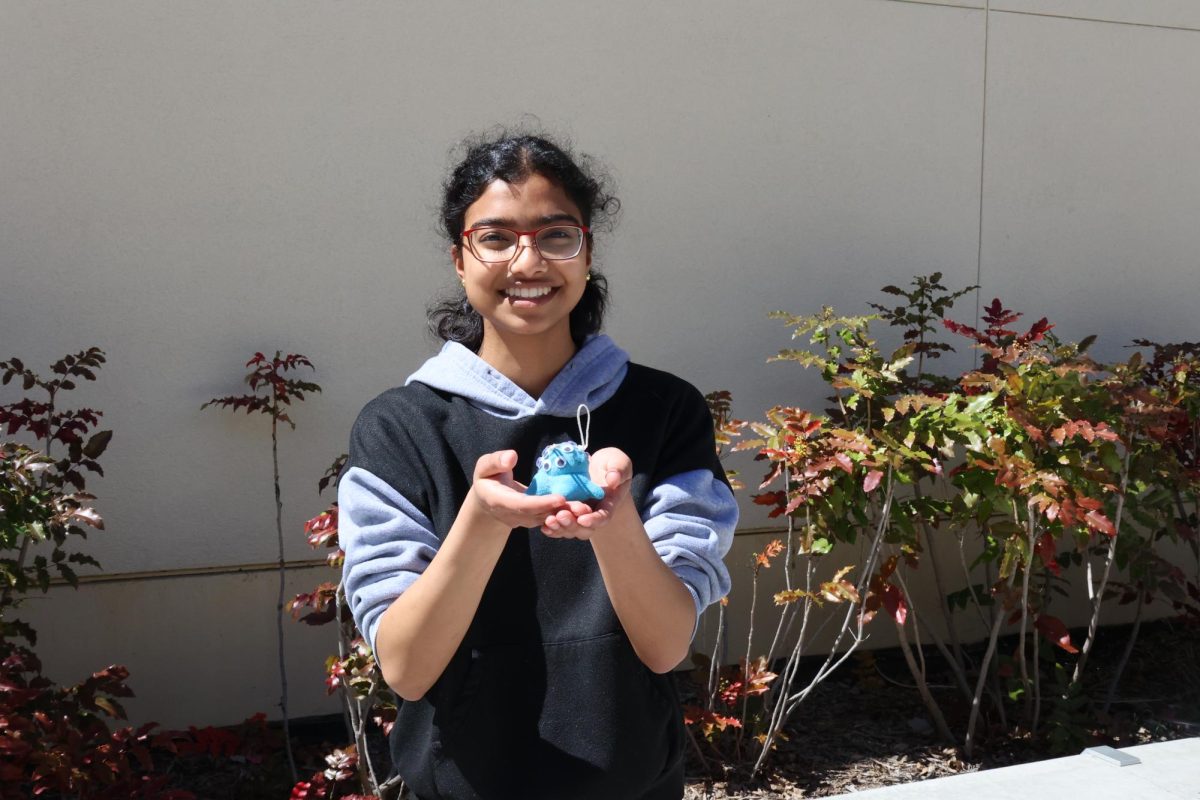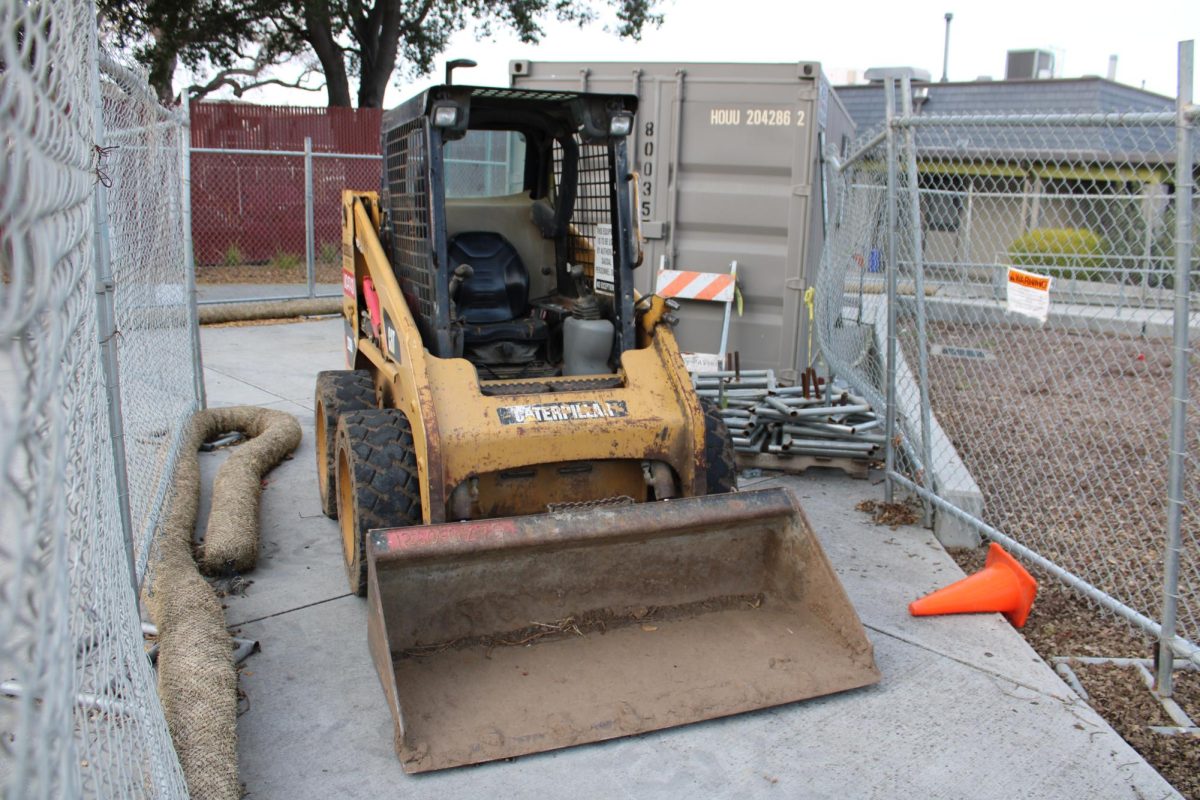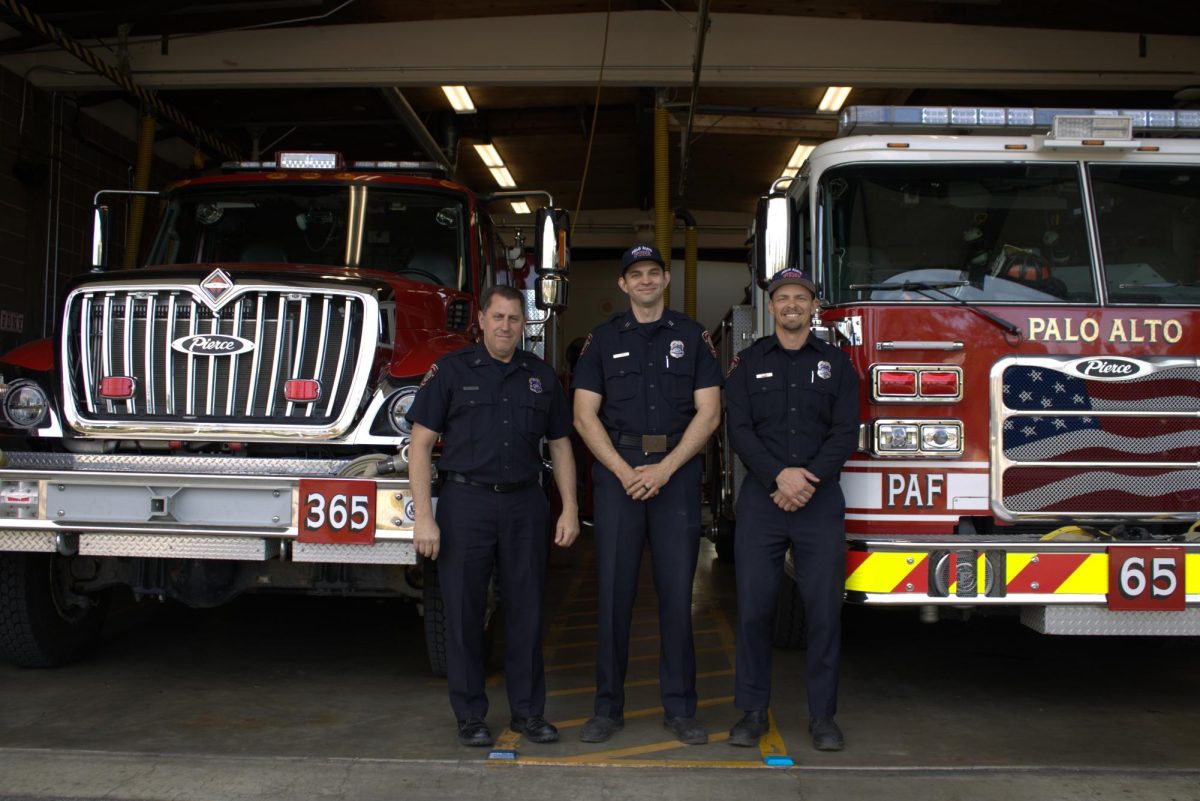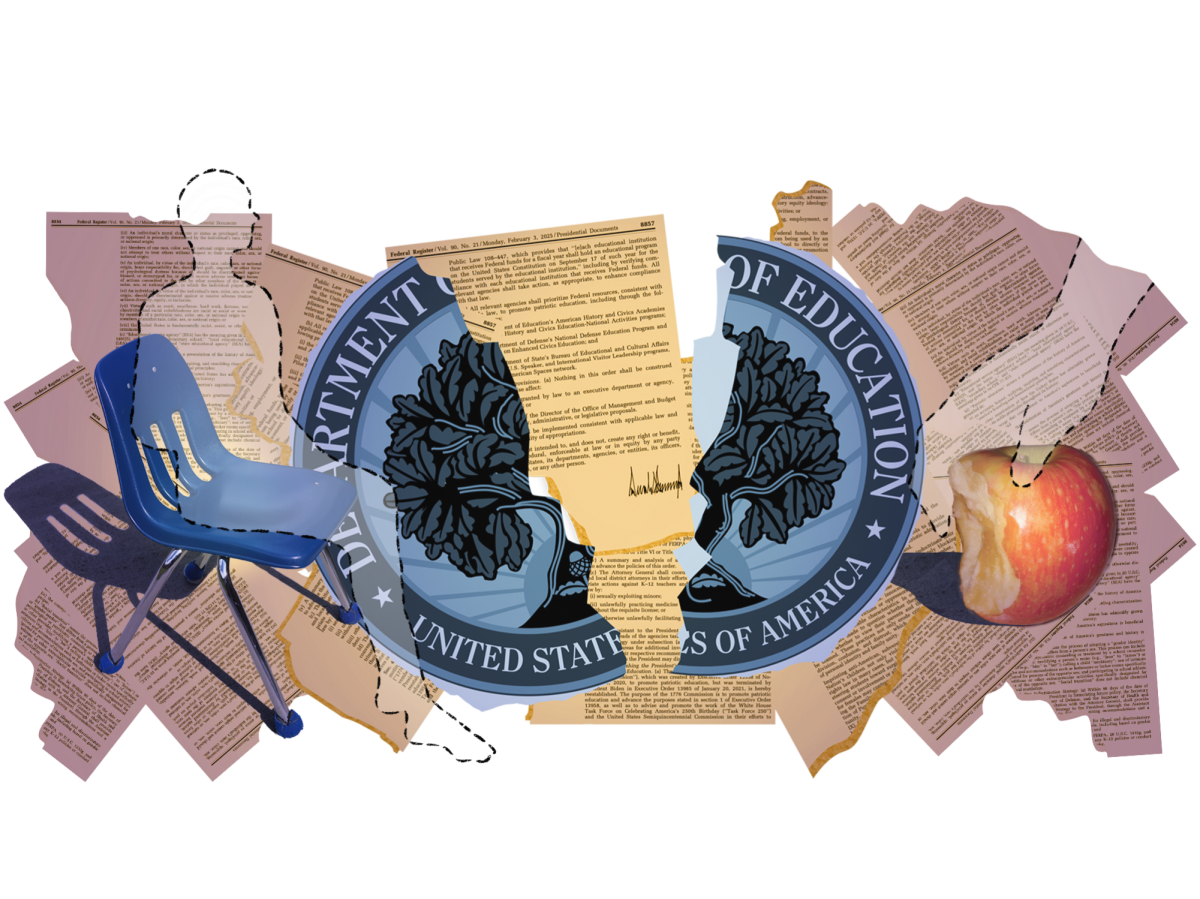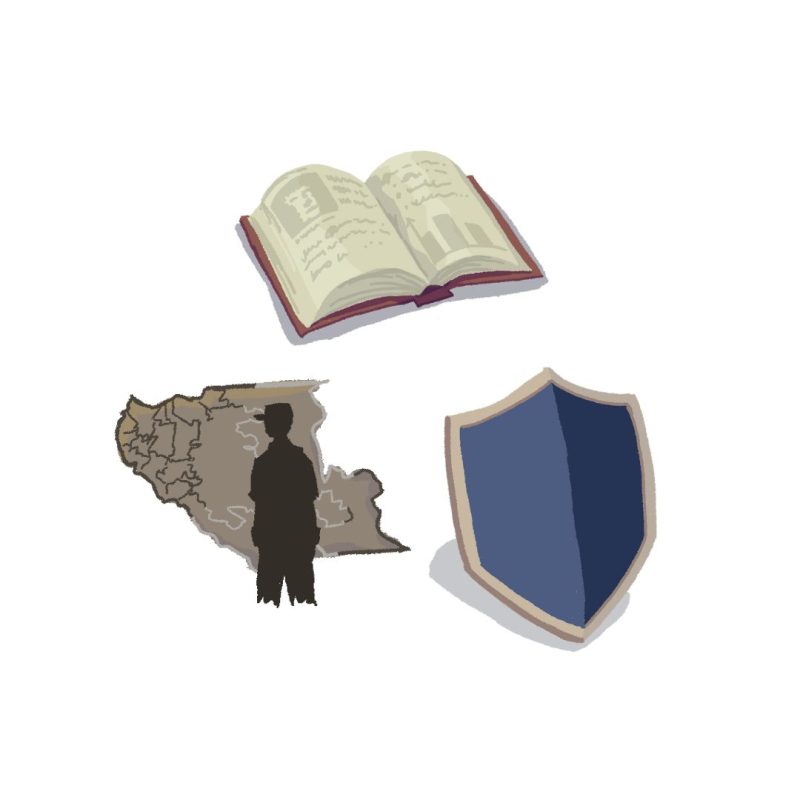Written by Kristen Yee
On March 19 and 20, a team of two researchers from the Western Association of Schools and Colleges (WASC) will come to Gunn for a mid-cycle checkup of the six-year accreditation process. According to WASC, the purpose of the accreditation process is to assure the community that a school’s purpose is appropriate and being accomplished, and to provide valuable insight from the fellow educators that visit the school. The chairperson of the midpoint checkup in March will be Irvington High School math teacher Michelle Lau, who will be looking for progress on goals and areas of improvement established in 2015.
There are multiple parts to the mid-cycle preparation team. The administration, the Instructional Council, parents and students on Site Council and the Student Executive Council are currently working on collecting data and evidence from different departments. The information gathered will be compiled into reports for the visitors. Social studies teacher Tara Firenzi is a key member in the report-writing process, acting as a coordinator for all WASC-related activities.
When the visiting team arrives in March, they will check for progress based on their observations and evidence from the school’s report.
In past years, WASC has shown a dramatic shift in focus, moving from a teacher-oriented academic environment to a student-oriented one. During an accreditation training that Principal Kathleen Laurence attended, WASC emphasized that they weren’t just looking for a list of accomplishments. “What they’re saying now, because they’re student-centered, is that we want to see what you’ve done, but more than that we want to see evidence and that you to have analyzed that evidence to show how it’s impact student-learning,” Laurence said.
The three main goals that Gunn established in 2015 were to develop a culture that embraces multiple paths to success and promotes social-emotional well-being, increase achievement for historically underrepresented students and create a more efficient data collection system. Now, three years into the accreditation, Gunn is looking at how much progress have been made and what needs to be done in the next three years to reach their goals in 2021.
The WASC preparation teams are also looking at the aforementioned areas of improvement and assessing their relevance to the school. While Gunn has the option to strategically abandon one of the goals made in 2015 if they feel that it isn’t applicable anymore, Laurence sees that as an unlikely path. “It may be not so much that the goal is going to change, but how we’re going to get there is going to change,” she said.
To address the goal of creating a more efficient data collection system, teachers meet every Monday during their weekly collaboration time, where they compile data retrieved from student assessments and inspect the essential learning outcomes and targets. Reflecting WASC’s shift towards student-centered academic environments, teachers then evaluate whether students are doing well in their learning environment or not. Laurence noted how teachers are learning by teaching their students. “It’s kind of interesting because the professional learning communities are really about the teacher learning,” she said. “[They’re trying to make] changes in their behavior and instructional strategies that then impact student learning.”
Gunn is also concentrating efforts on increasing student voice, an area of improvement indicated by WASC in 2015. Laurence and Advanced Placement (AP) Statistics teachers Daisy Renazco and Rachel Congress saw the annual AP Statistics survey project as the perfect opportunity to tackle the goal of increasing student input. “This is a project that we’ve always done in statistics and I refined it to have it be what is it is now, which is about improving the school,” Renazco said.
The survey project’s focus was refined to reflect these overarching questions: “How can we develop a plan to improve the experience of Gunn High School students and how would you redesign the school to improve the experience of students?” Within this theme, students were free to pursue any niche they had interest in. Some students looked at balance of life, some at school lunches and others at the effect of parental pressure on students’ academic performance. Junior Nicholas Wong chose to focus his survey topic around the technology-oriented school that Gunn has become. “We did [the survey] based on electronics because technology is used a lot during school and we wanted to see if there could be improvements,” he said.
The completed project was presented on Dec. 7 in the library, and some of the data will go into the reports compiled for the WASC mid-cycle checkpoint. As a student, Wong sees this project as a good opportunity to further incorporate students into school processes. “[I felt] that it was a good way to get student input on things that could improve Gunn, since all groups had the ability to choose which topic they wanted to survey students on,” he said.
This project is just one of many different strategies taken to address the issue of lack of student input, and the opportunity to enrich student learning and improve the school simultaneously is one that Renazco cherishes. “Learning is more relevant when you can see why we learn what we learn,” she said. “This is why we learn statistics, and I hope to continue to make learning relevant for my students.”
The team of two researchers, upon concluding their visit, can return in a year’s time if they deem insufficient progress has been made in Gunn’s goals and areas of improvement. “We’ve done a lot of really good work here [in the past three years], and I would feel terrible if that happened, but I don’t think it will,” Laurence said.







